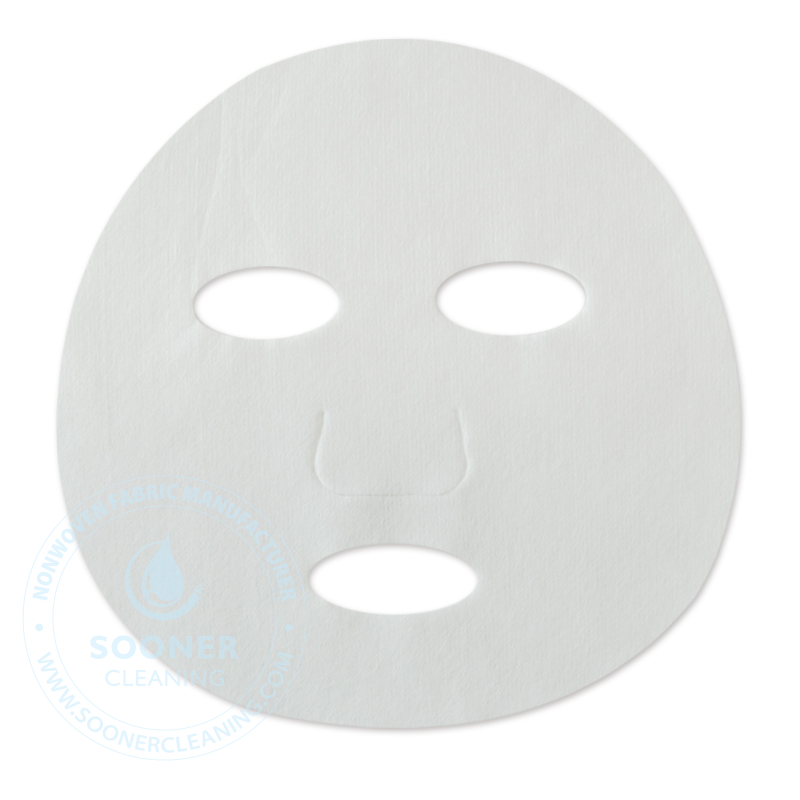
With the continuous improvement of people's living standards and the increasing demand for beauty care, facial mask products have become essential items for many consumers' daily skin care. In recent years, the mask industry has developed rapidly, the market size has exceeded 10 billion yuan, and there is still huge room for growth in the future. According to the product form, the current market masks mainly include patch masks, cream masks, gel masks and powder masks. Among them, patch masks are popular among consumers because of their ease of use, portability and long shelf life, occupying about 80% of the market share, with an annual consumption of more than 1 billion pieces.
One of the main components of the mask is the mask base cloth, which serves as a carrier for highly concentrated essence or nutrient solution with strong liquid absorption and fixation. The raw materials of mask base cloth in the market mainly include cotton fibre, regenerated cellulose fibre, silk fibre, etc., as well as chemical fibre and plant fibre mixed with different materials.
Cotton fibre is a 100% natural fibre that is less irritating to the skin and is widely used in mask base cloths. However, masks made of pure cotton fibre have a poor fit and the essence tends to drip off.
Regenerated cellulose fibres are made from natural cellulose, and their physical structure is altered through physical and chemical means to enhance the moisture absorption and breathability of the fibres, making them known as ‘breathable fabrics’. Common regenerated cellulose fibres include viscose fibres, Tencel fibres and cupro-ammonia fibres, which can enhance the liquid-carrying capacity, softness and comfort of face masks, and are currently more cost-effective materials.
Silk fibre is mainly composed of silk protein, rich in a variety of amino acid components, has a strong affinity for the skin and a silky texture, but the price is relatively high and the physical strength is low. When used in blends with other fibres, it can enhance the quality of the mask.
In addition, functional fibres (e.g. chitosan fibres, seaweed fibres, bamboo charcoal fibres, nanocellulose fibres, bacterial cellulose fibres, etc.) are also the hot direction of the current R&D of facial mask base cloth. These fibres can further improve the antibacterial performance, liquid carrying capacity, breathability, moisture permeability and fit of the mask, making the mask more light and transparent, and even have an invisible effect.
Hydroentangled mask base fabrics have a soft hand, good drape and are close to the characteristics of traditional textiles, making them highly sought after in the market.
As the mask market is booming, choosing the right mask base fabric material has become one of the key factors for manufacturers to compete. In the future, as consumers demand higher quality and functionality from masks, more innovative materials and production processes will drive the mask industry to continue to grow. For consumers, understanding the different materials and processes of mask base fabrics will help them to select a quality mask that better suits their skin needs and enjoy a better skincare experience.
